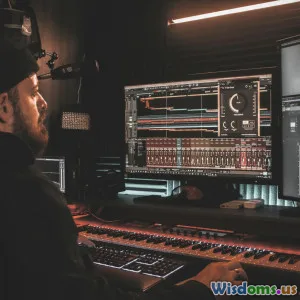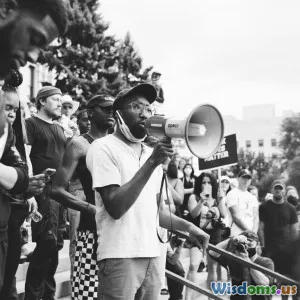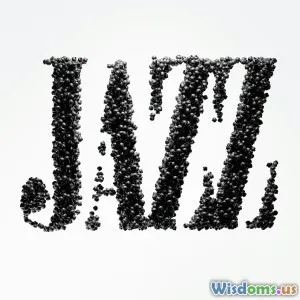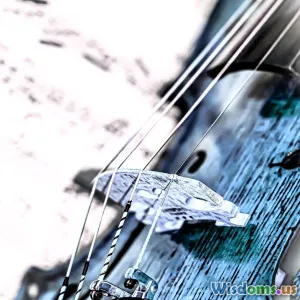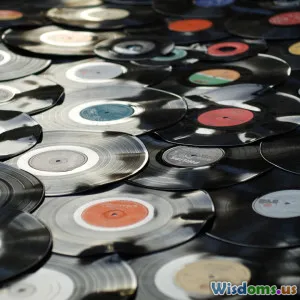
Breaking Down the Production Genius Behind This Year’s Top Album
14 min read Explore the innovative production techniques and creative minds behind this year’s chart-topping album. (0 Reviews)
Breaking Down the Production Genius Behind This Year’s Top Album
The music industry thrives not only on chart-topping singles and viral videos but on the intricate artistry hidden behind the scenes. This year's top album didn’t just soar up the charts thanks to catchy hooks or a charismatic viral moment. Instead, its soul lies in revolutionary production, meticulous attention to detail, and the blending of innovative techniques. In this exploration, we unveil the genius of its creation, demystifying how world-class producers transform humble ideas into a cultural phenomenon.
The Visionaries Behind the Sound
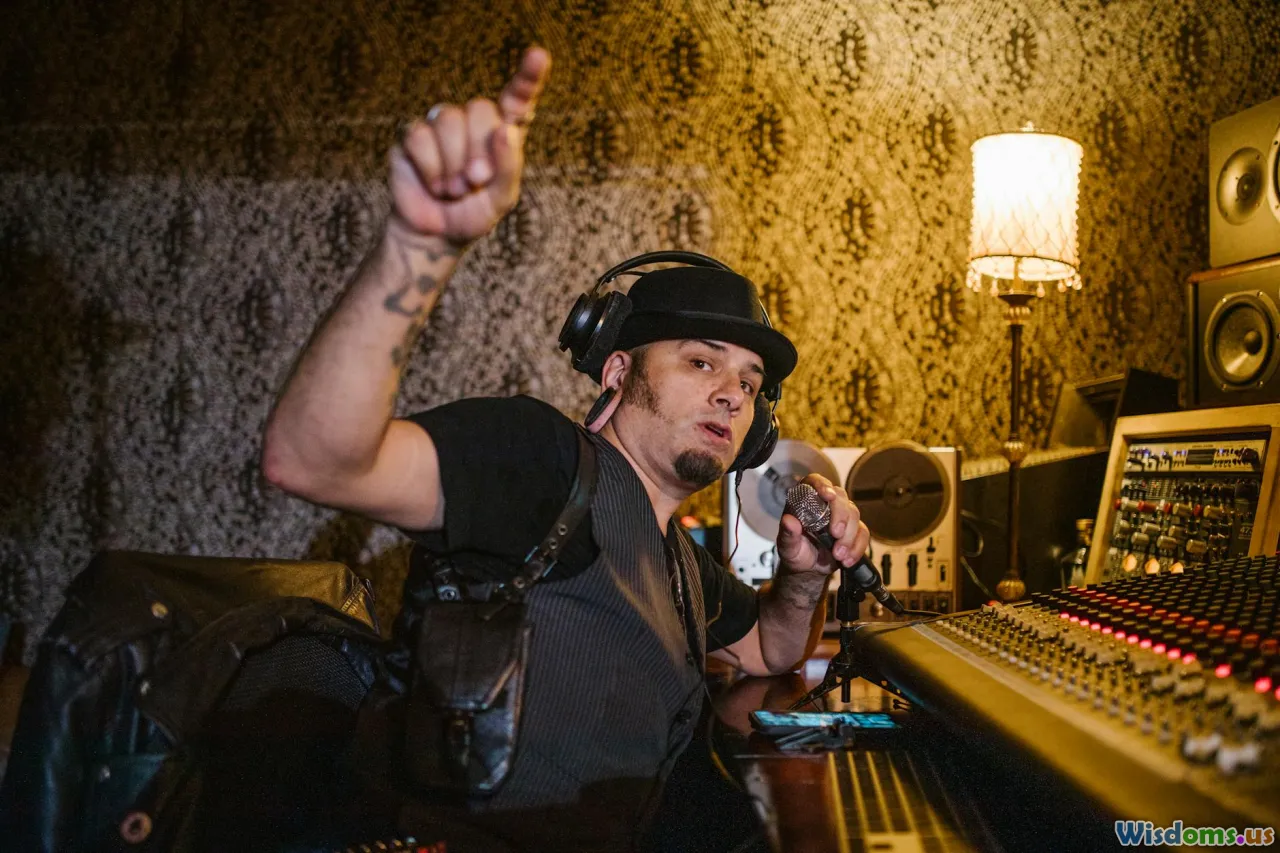
Every great album is a collaborative triumph—and this year’s top album is no exception. The core production team combined seasoned legends and bold newcomers. Leading the charge was Monique Reyes, known for genre-blurring work with stars like Kendrick Lamar and Billie Eilish. Reyes’s vision was complemented by co-producer Raj Patel, whose fresh approach to sound design brought unexpected textures and immediacy.
Details reveal just how personalized the process was. Recording spanned over a year, taking place in diverse locations from electric studios in Los Angeles to cozy, makeshift setups in an Icelandic cottage. Reyes and Patel’s decision to record vocals in non-traditional spaces—a tiled bathroom in Reykjavik, a bustling New York rooftop—imbued tracks with authentic echoes and city ambiance impossible to fake digitally.
What’s especially notable is the open invitation for all collaborators—even session musicians—to contribute unconventional ideas. For the haunting ballad “Paper Skies,” the mournful accordion sample was originally a cell phone voice note sent by a touring violinist stuck in quarantine. Embracing these serendipitous contributions was key to the album's originality.
Innovative Production Techniques: From Field Recordings to Modular Synthesis

Innovation defines the album’s aesthetic. Instead of relying solely on digital samples, producers incorporated field recordings captured across continents. The landmark single “Dawn Factory” begins with the subtle churn of the Atlantic waves, layered with rhythmic clicks recorded in a Tokyo subway station. This motif—turning everyday sounds into percussive or atmospheric elements—proved particularly groundbreaking.
The team also pushed the capabilities of modular synthesis. Inspired by pioneers like Brian Eno and Oneohtrix Point Never, Patel constructed evolving soundscapes using vintage synth racks. On “Chase the Static,” each chorus swells with a different harmony and timbre, built live through real-time patch changes—an audacious alternative to the looped samples heard across contemporaries’ records.
Mix engineer Kora Lyles described their process as “painting with frequencies.” Multi-band sidechain compression added clarity and energy, allowing vocals and instruments to coexist without crowding. Songs like “Glass Trail” utilized re-amping: recording digital instruments, playing them through guitar amps, and re-recording them with room mics for unique warmth.
Rhythmic & Harmonic Experimentation: Beyond 4/4 Time
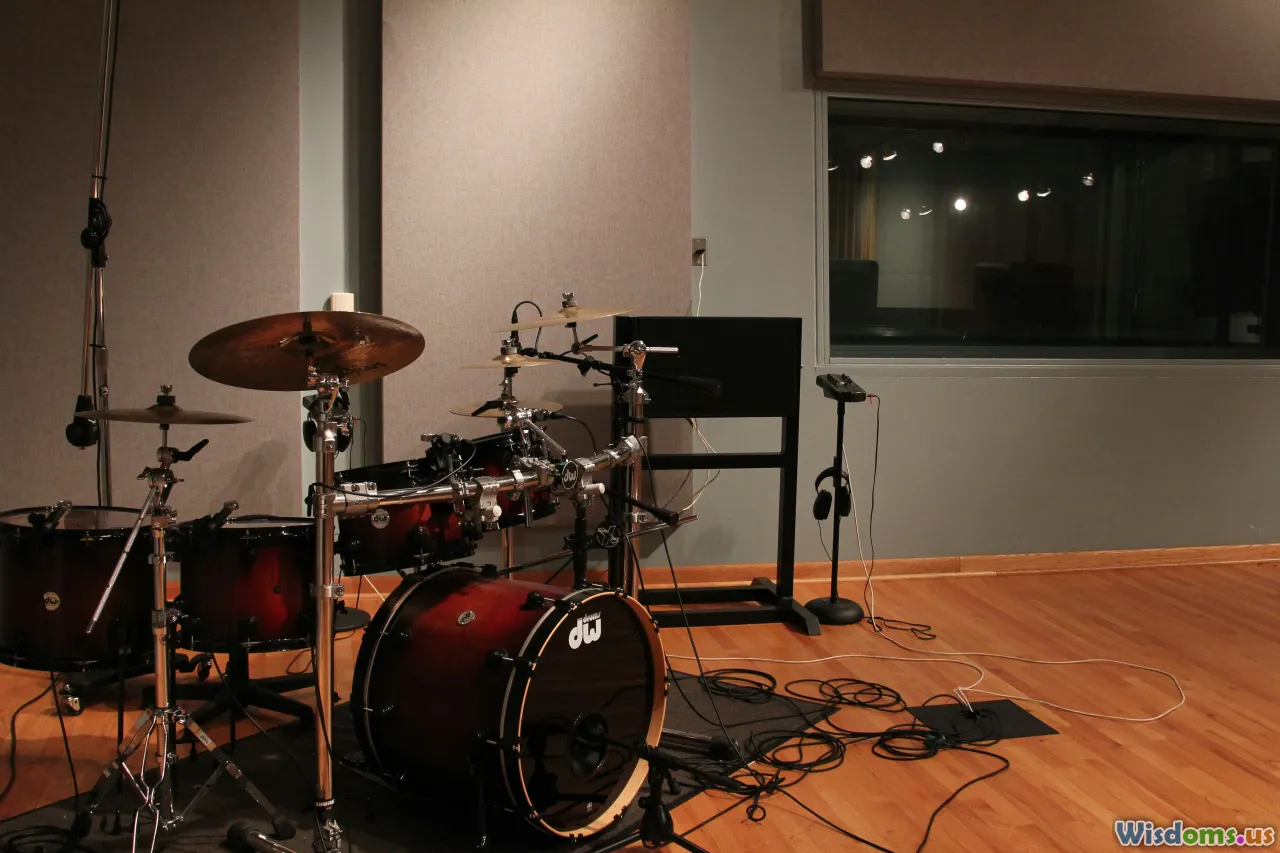
Many pop records stick to familiar time signatures and tempos; but innovation here flows deeper. The lead single, “Run, Fold, Repeat,” bounces in 7/8 time—a rarity for hits. This off-kilter groove creates surprise but never sacrifices danceability, a testament to the rhythm section’s expertise.
Drummer Alan Shin, borrowing tricks from electronic music’s playbook, layered acoustic drums with processed handclaps recorded at varying intervals. On “No Maps to Home,” harmony experiments went further: a shifting chord structure inspired by Dvořák and Radiohead makes the melody feel both comforting and mysterious.
The chorus of “Neon Veins” features a choir recorded in three different languages, weaving microtonal harmonies more common in Indian classical music than Western radio. This global approach both modernizes tradition and challenges listeners, rewarding repeated plays with subtle new discoveries.
The Role of Technology: AI-Assisted Mixing, Vintage Hardware, and Beyond
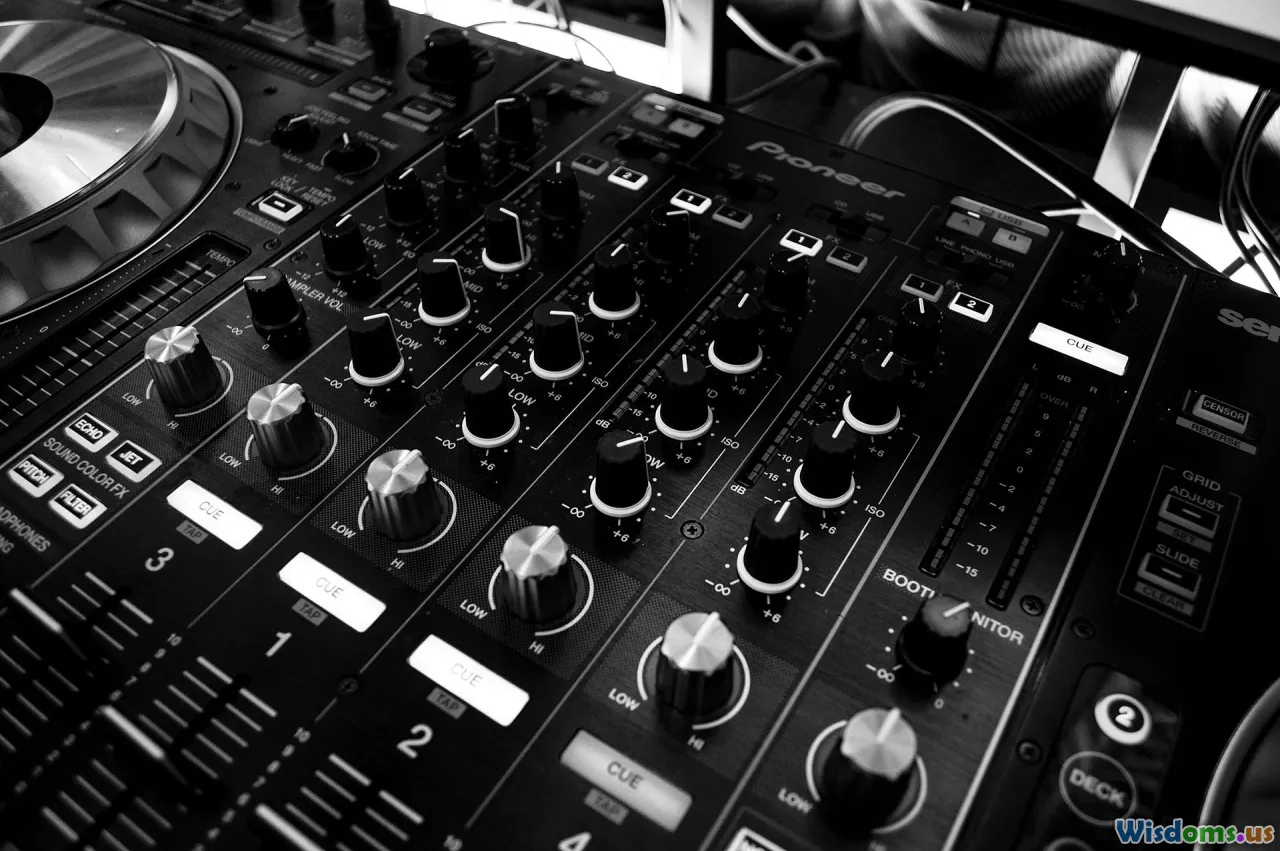
The producers did not shy away from leveraging cutting-edge technology. Midway through the process, the team adopted an AI-assisted mixing tool, SonoraMix Pro, to analyze frequency clash and automate tedious balancing. However, crucial aesthetic choices—reverb tails, analog delay filtering, and Juanita Perez’s vocals sitting “just above the clouds”—were faded in manually, ensuring human sensibility over algorithmic sterility.
Simultaneously, the team relied heavily on analog gear renowned for imparting character: a Neve 1073 preamp on vocals, and a Roland Space Echo imbuing synth arpeggios with retro shimmer. The hybrid approach—melding clean DAW workflows with unpredictable hardware quirks—colored every track with a unique identity. Notably, “Visual Syntax” employs tape-flanging, with the mix engineer pressing his thumb on the reel to vary pitch and intensity for an unrepeatable effect.
One standout experiment was reverse engineering a lo-fi synth patch from a 1982 Children’s Casio keyboard, then upscaling its samples with contemporary algorithms for harmonic density never heard before.
Layered Storytelling: Lyricism and Sonic Narrative
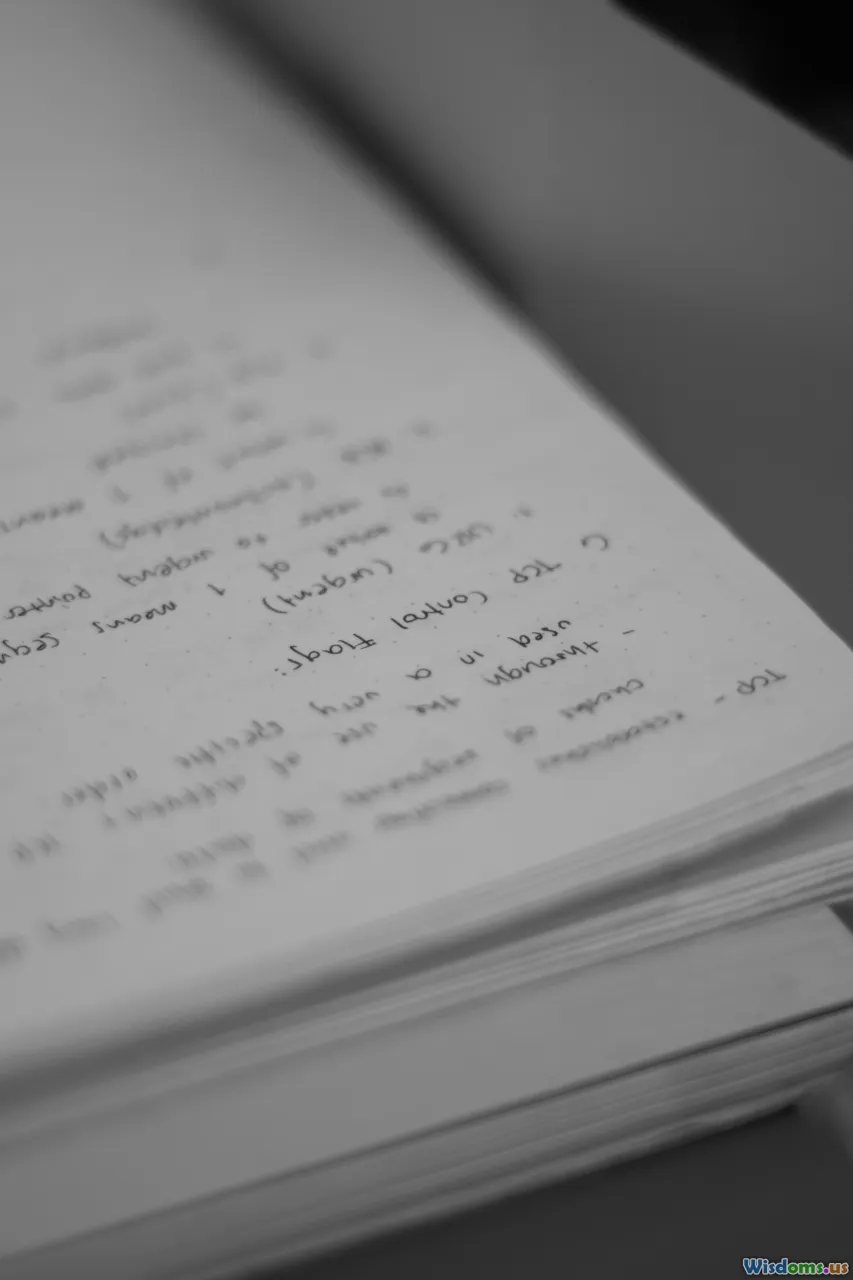
This album isn’t only about glossy production or technical prowess. Its lyrical ambition matches every arresting sonic choice. With contributions from celebrated lyricists and fiction writers, songs unfold like chapters in a novel. In “Echoes in the Frame,” every verse introduces characters whose themes—lost love, resilience, urban isolation—are echoed by melodic motifs.
Producers wove the narrative threads directly into the arrangements. For instance, shifts in mixing depth and stereo balance seem to mirror characters’ emotional turmoil. In “Satellite Years,” verse sections are deliberately mixed dryer and more mono to evoke longing, contrasted with panoramic choruses positioned to feel ‘expansive,’ aurally painting triumph over defeat.
The spoken interlude “Parallax” came alive when layered with distant radio crackle snippets, echoing the character’s literal and metaphorical transmission through static—a stunning union of lyrical depth and audio artistry.
Collaboration as a Creative Engine
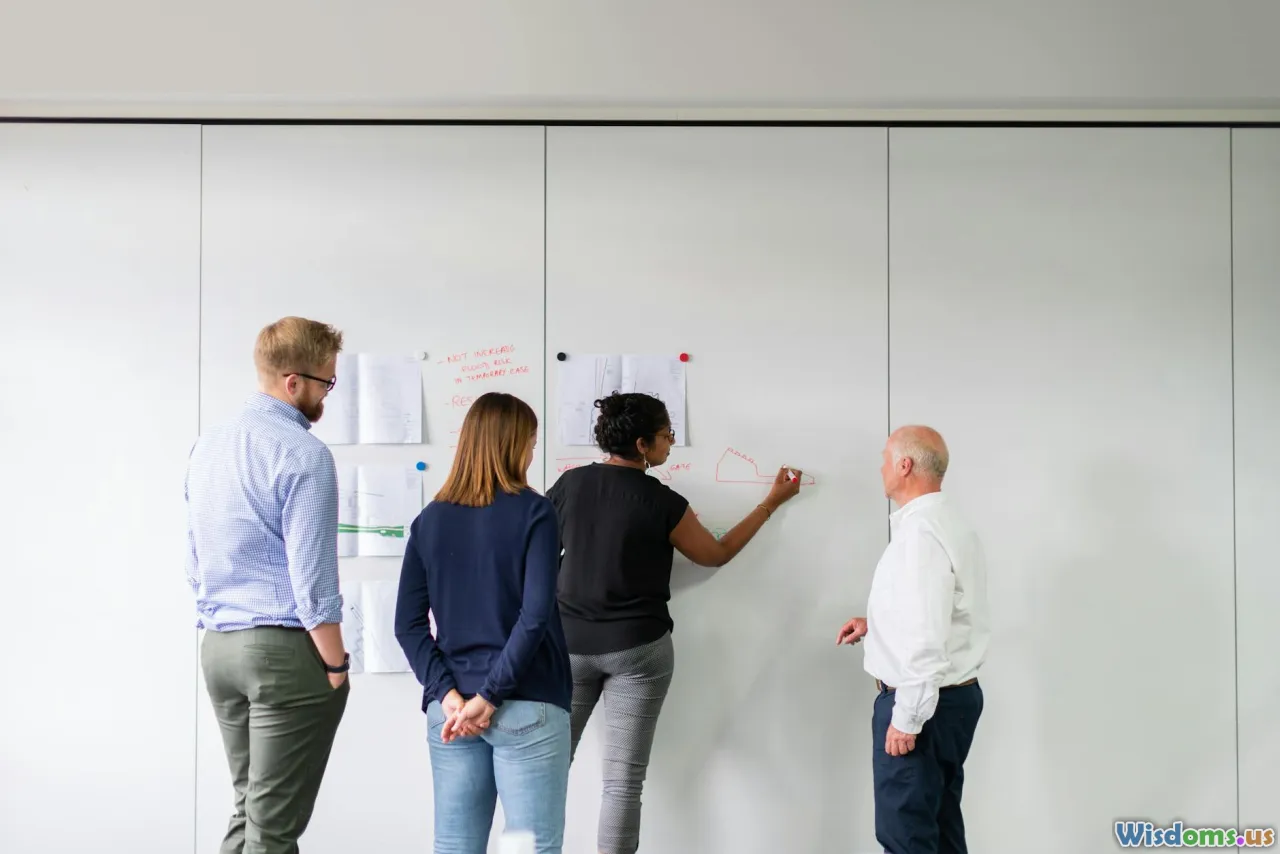
One reason for the album’s cohesion amid diversity is trust in the creative process. Sessions were orchestrated with openness; guest vocalists, often recorded virtually due to worldwide restrictions, were encouraged to reinterpret lines, tweak melodies, and propose alternative harmonies. This approach drew heavily from jazz improvisation philosophies: leave room for the unexpected.
On “Sundial Logic,” the ambient outro is, in fact, a recording of the entire team—engineers, writers, interns—each asked to play a single keyboard note based on how they felt about the sunset that day. The piece evolves as a patchwork of moods, demonstrating how collective input can form rare emotional resonance.
Conflict was harnessed, too. A recurring pitched argument over the bridge of “Lights Underwater” led Reyes to blend both camps’ arrangements in intricate stereo panning, letting listeners choose which sonic pathway to follow—a masterclass in merging divergent ideas into intentional art.
The Art of Album Sequencing: Flow, Space, and Emotional Pacing
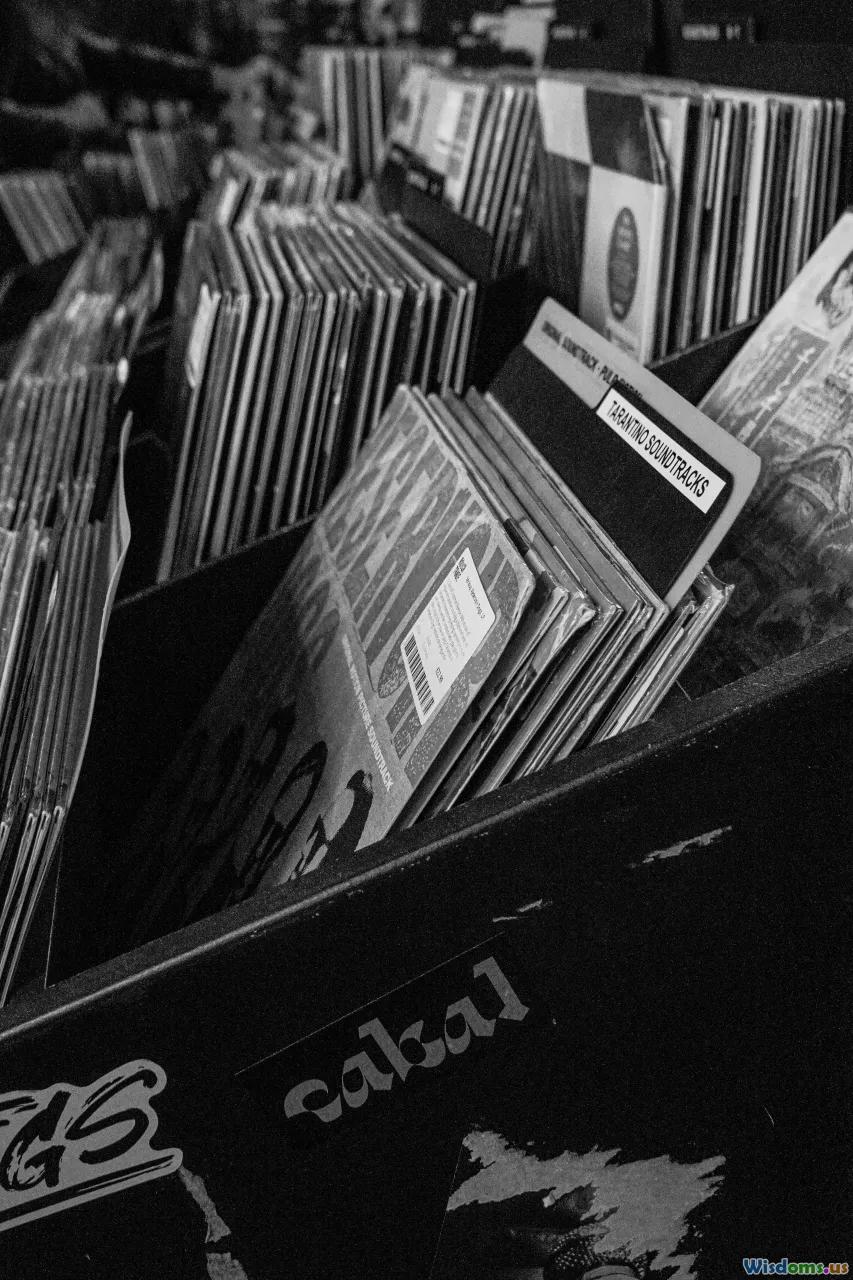
Amino sequencing—the craft of ordering songs—became as intricate as any other aspect. Far from listing tracks for commercial punch, Reyes and Patel sculpted a journey designed for immersive, start-to-finish listening.
Early drafts placed ballads consecutively, but test audiences reported emotional fatigue. Small changes—moving the uptempo “Particle Parade” between two moodier cuts—provided welcome relief and narrative momentum. Transitional interludes, often overlooked, weave motifs from prior songs, using subtle instrumental cues to signal emotional shifts.
The string transition from “Neon Veins” to “Glass Trail” notably samples the previous chorus via lo-fi filters, creating cohesion reminiscent of Pink Floyd’s The Dark Side of the Moon. Such deliberate flow distinguishes this work in an era of shuffled singles and playlist culture.
Mastering: Making Every Sonic Detail Shine
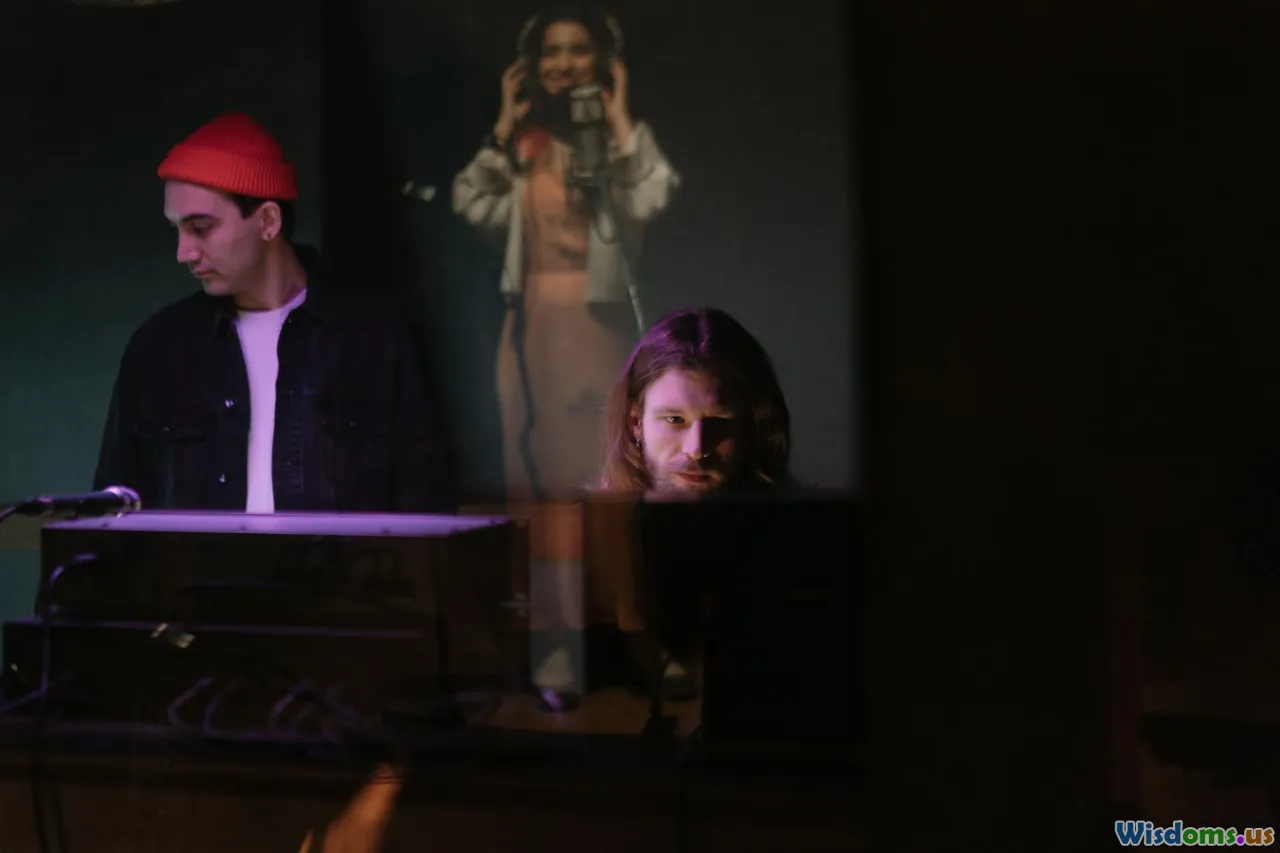
The final polish for any album is in the mastering suite where tracks are balanced for streaming, vinyl, and live performance. Renowned engineer Sienna Watabe was tasked with ensuring that even the gentlest detail—like the barely audible field recording of birds in “Aftermath”—could be discerned on earbuds or a festival rig.
Mastering entailed a blend of subtlety and finesse. Stereo imaging was adjusted for emotional impact, tweaking the dimensionality of ballads versus anthems; while proprietary multi-band processing was adopted to give transients an extra "pop" without over-compression. A/B testing between vinyl test pressings and digital masters helped guarantee no musical flavor was lost, regardless of format.
Comparisons to earlier releases by established legends reveal what sets this album apart: a transparency and dynamic range that invite active listening, drawing audiences deeper with every spin.
Listening Beyond the Hype: Key Takeaways for Artists and Fans Alike

Modern listeners often consume music in fragments—algorithm-driven playlists, bite-sized social trends—but this album rewards patient engagement. Its production genius serves as both inspiration and blueprint for aspiring creators. Here are a few concrete takeaways:
- Trust the Process: Openness to unexpected ideas—from field recordings to uncertain harmonies—can spark magic.
- Embrace Technology, Respect the Past: AI tools or vintage synths shouldn’t be used for novelty; their purpose is to serve human expression.
- Collaboration is Critical: True innovation flourishes where credit is shared, and creative friction is embraced, not avoided.
- Production as Narrative: Every technical decision—delay tail, reverberation, or panning—should reinforce the lyrical journey.
- Intentional Structuring Matters: Whether curating crossfades or tracklist order, sequencing transforms a collection of songs into a statement.
For fans, deeper dives beyond the surface reveal hidden stories and emotional nuances, making repeat listens richly rewarding. For fellow artists, this year’s top album exemplifies the profound power of collaboration, technological alchemy, and committed storytelling—a beacon in today’s shifting musical landscape.
The result? Not just this season’s most celebrated album, but a template for how sound, spirit, and story can evolve together to echo far beyond the charts.
Rate the Post
User Reviews
Popular Posts












